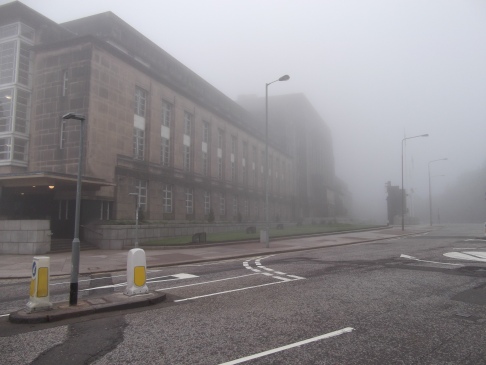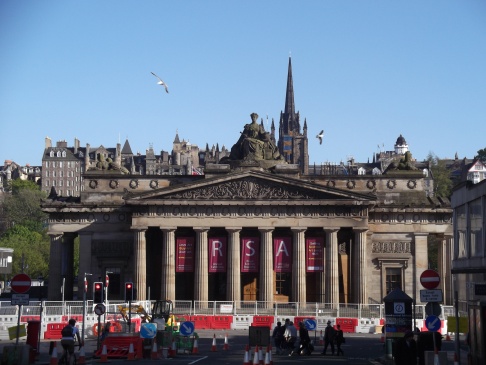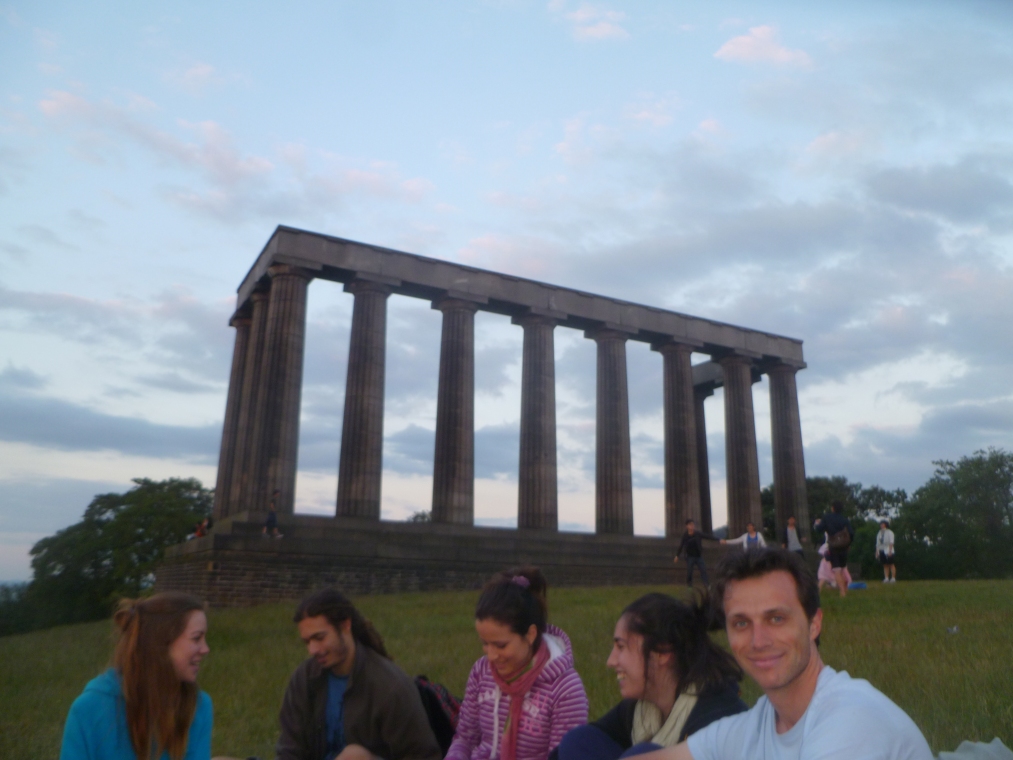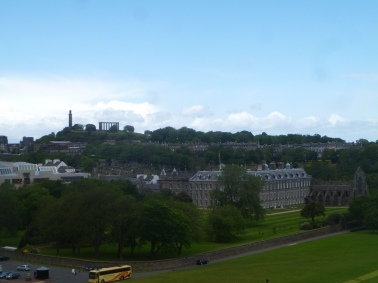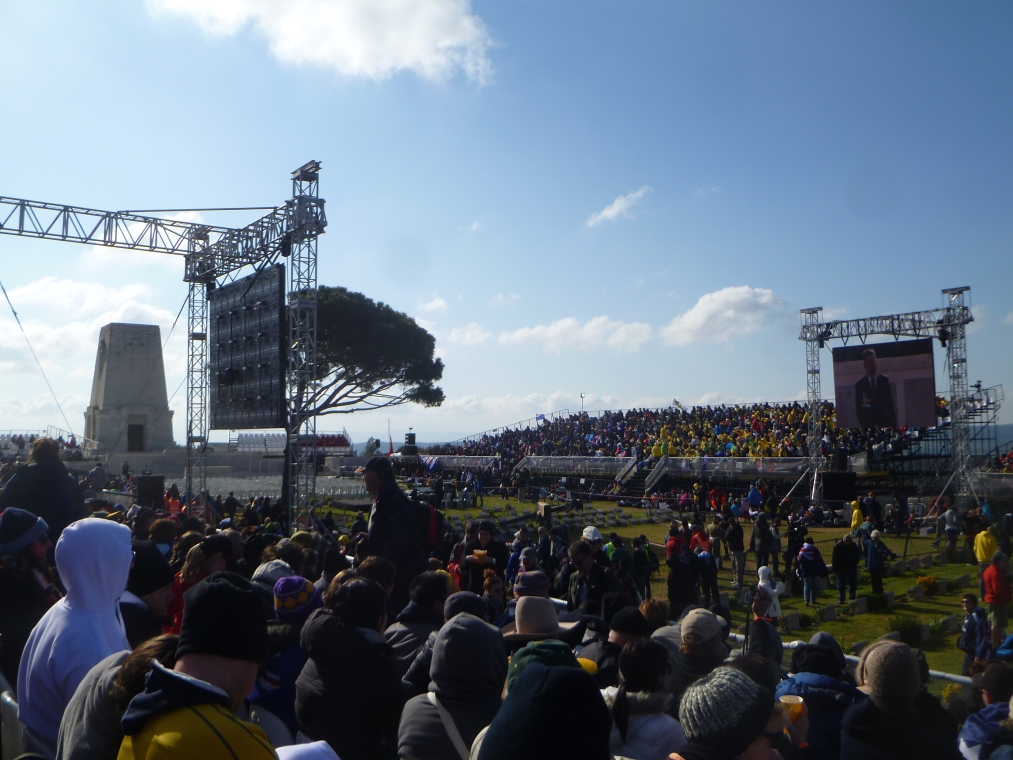Edinburgh Impressions Part 3 (June 2012)
British or Scottish?
So with all we know of Edinburgh, and Scotland in general (beautiful landscapes, in favour of a drink and anti English) what does the future hold for Scotland?
Its Democracy time and 2014 is a good a time as any for a referendum. The question is, should Scotland leave the UK and become independent.
First of all, they are actually leaving the UK, the country is moving away from England at about two centimetres per year, but that’s beside the point.
The real question is in fact; what is the question?
Firstly, the idea at the moment is for Scotland to leave the UK, but still remain part of the commonwealth. Which basically means it would have the same standing and connections to the UK as the other countries in the commonwealth (eg. Canada, New Zealand, Australia). So it wouldn’t be a total separation and a complete cut off from the UK, and indeed Scotland would likely become the 28th member of the European Union and establish its own connections there as well.
Exactly what the vote will be on and how the question is phrased is to be discussed to death by the powers to be. But a broader question is simply, what is good for Scotland?
I think anyone will agree that any major decisions of this nature should be asked in the context of, ‘what’s good for the people?’
On the one hand, you can take the Australian approach from the turn of the century -when asked if they would like to cut all ties to the UK- which said (by a very small margin) we’re happy with the way things are thank you, the commonwealth works fine for us.
WHERE IT ALL SHALL HAPPEN- SCOTTISH PARLIMENT ON A SCOTTISH DAY
Indeed Scotland is function quite well, despite high unemployment rates, in the context of the European crisis things are in rather good order. (as at 1st June 2012 unemployment in Spain is 24%, 50% youth unemployment rate).
But is the ‘not broken don’t fix it’ rational going to cut it here. Or more importantly,’ just because things are ok, can we not do better?’ seems to be taking some hold.
NATIONAL GALLERY IN THE HEART OF THE CITY CENTRE
Two basic questions: Can the Scots run a country themselves and do they have resources to support themselves.
Short answer to both is, yes. The oil fields within, what would be Scottish waters would make it a relatively rich nation for its size. When it comes to bureaucracy, there has been a mostly independent Scottish parliament for over a decade, and ever since taking over control of things like education, the quality of education has actually over taken English standards.
Ok, so by that definition they qualify as being ‘able’ to do it, to be masters of their own destiny. But should they?
And what is the view on the street?
Well it’s very mixed. Sadly in the undereducated ‘3am youth’ (see previous blog) the perception is that it’s the only option.
This comes from a mix of prejudice against the English form some nameless atrocity from centuries ago. But speaking to the educated working classes of Edinburgh you end up with a split decision, at least at the moment.
After events like the royal wedding in 2011, the Queen’s Jubilee in June 2012 and now the coming Olympics, it’s a very good time to be British.
There is much pride from the Scots as they look at the union jack with affection, and they feel a privilege has been bestowed upon them in their lifetimes. Rather than a crime has been lain atop their forefathers heads from centuries prior.
It is however still a feeling of the one human desire. To be free and to be independent. These two notions contradict.
There are of course people with strong feelings either way, and if current trends are anything to go by, it will be a narrow ‘yes’ for independence. But by 2014 we should have a good idea of what the future holds for Scotland and its capital.
Until then it’s business as usual here in Edinburgh. One of the most changing and organic cities in Europe, regardless of whether it stands as a proud Commonwealth, Scottish city or as a British city, it will remain a dynamic beautiful example of what people can achieve in a modern age.
